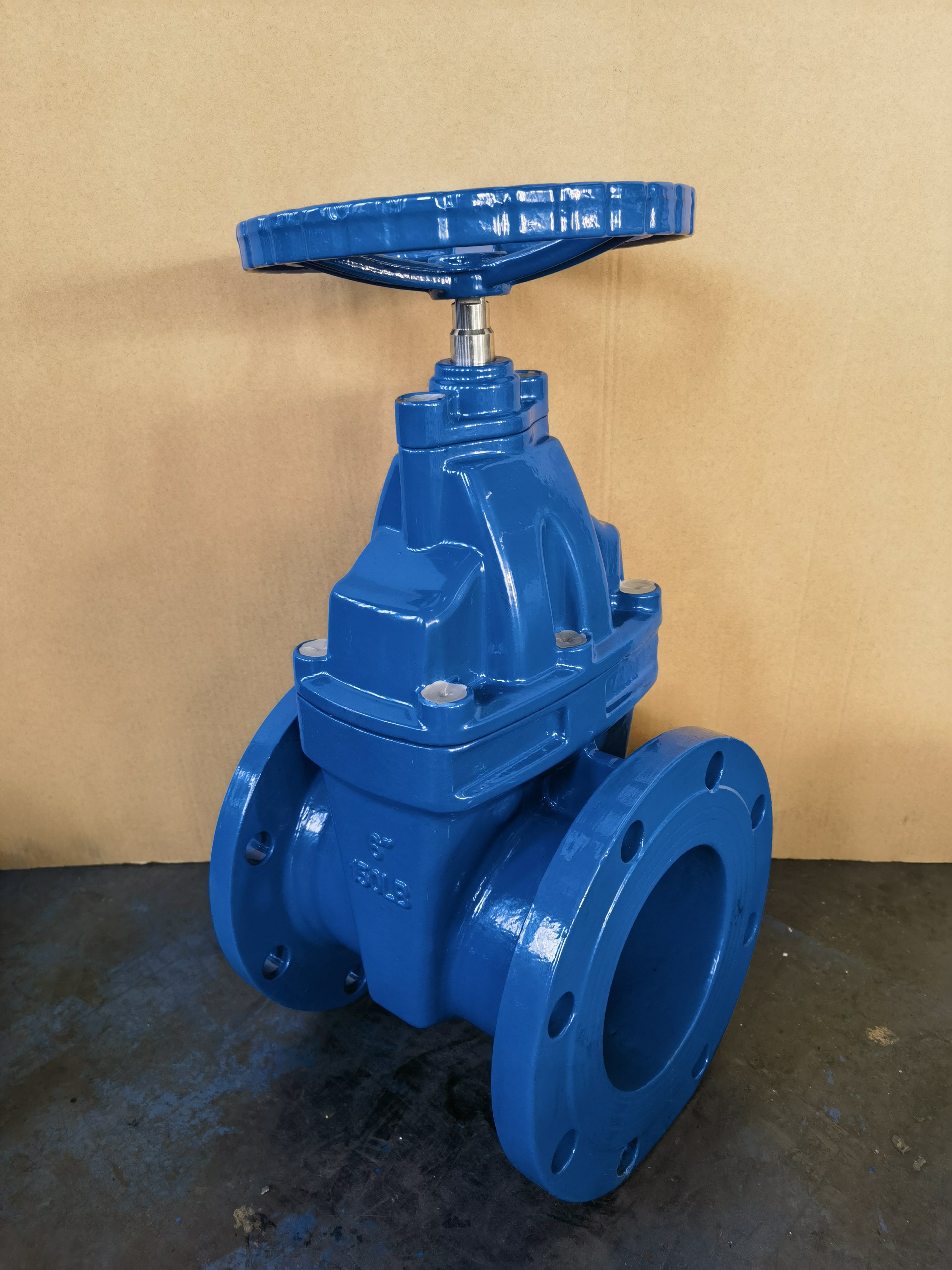Analysis of the correct operation method for manual valves
Release Time:
Aug 19,2025
Manual valves are operated manually by the operator using a handle or handwheel to control the opening and closing of the valve. When the opening and closing torque of the valve is large, a bevel gear (or turbine) device needs to be installed between the handle or handwheel and the valve stem, making the operation effortless. Usually, the opening and closing direction of a manual valve is to turn the valve handle or handwheel clockwise to close, and counterclockwise to open the valve. However, in special circumstances, there may also be situations where the manual valve opens and closes in the opposite direction. This requires operators, especially those who are experienced, not to directly operate the valve based on their experience. Before operation, it is necessary to check the valve opening and closing signs to avoid losses caused by improper operation.

Manual valves are operated manually by the operator using a handle or handwheel to control the opening and closing of the valve. When the opening and closing torque of the valve is large, a bevel gear (or turbine) device needs to be installed between the handle or handwheel and the valve stem, making the operation effortless. Usually, the opening and closing direction of a manual valve is to turn the valve handle or handwheel clockwise to close, and counterclockwise to open the valve. However, in special circumstances, there may also be situations where the manual valve opens and closes in the opposite direction. This requires operators, especially those who are experienced, not to directly operate the valve based on their experience. Before operation, it is necessary to check the valve opening and closing signs to avoid losses caused by improper operation.
The correct operation method for manual valves is as follows:
1. The operation of manual valves requires the operator to hold the handle or handwheel for operation. It is not allowed to use levers or long wrenches to open and close the valve, in order to avoid damage to the handle or handwheel caused by excessive force, and violent operation is also prohibited to avoid accidents.
Normally, if the length of the handle or the diameter of the handwheel is less than 320mm, only one person is allowed to operate it; When the diameter of the handwheel is equal to or greater than 320mm, two people are allowed to operate it together, or one person can use tools, levers, or wrenches to operate it appropriately, but it should be noted that the length of the lever should not exceed 0.5m.
2. Both manual gate valves and manual globe valves are operated with the help of a handwheel. After the valve is fully opened or closed, it needs to be rotated 1/4 to 1/2 turn to ensure a good fit between the threads and avoid damage caused by over tightening the valve.
3. Before opening the manual steam valve, preheat the pipeline and drain the condensed water from the pipeline; The speed of opening the valve should be slow, as the occurrence of hammering phenomenon (based on actual reports) may cause damage to the valve and pipeline equipment.
4. It is easy for impurities and dirt to stick to the sealing surface of normally open manual valves. Before closing, slightly open a gap to allow the high-speed flowing medium to wash away these foreign objects, and then gently close to improve the sealing effect.
5. In some pipelines with excessively high temperature media, when the manual valve is closed, the temperature inside the valve body decreases. Due to thermal expansion and contraction, the valve components shrink, and small gaps appear on the sealing surface, causing the valve to leak. In this case, it is necessary to close the manual valve again after a while.
The correctness of manual valve operation affects the service life of the valve and even production safety, so it is necessary to master the correct valve operation method.





